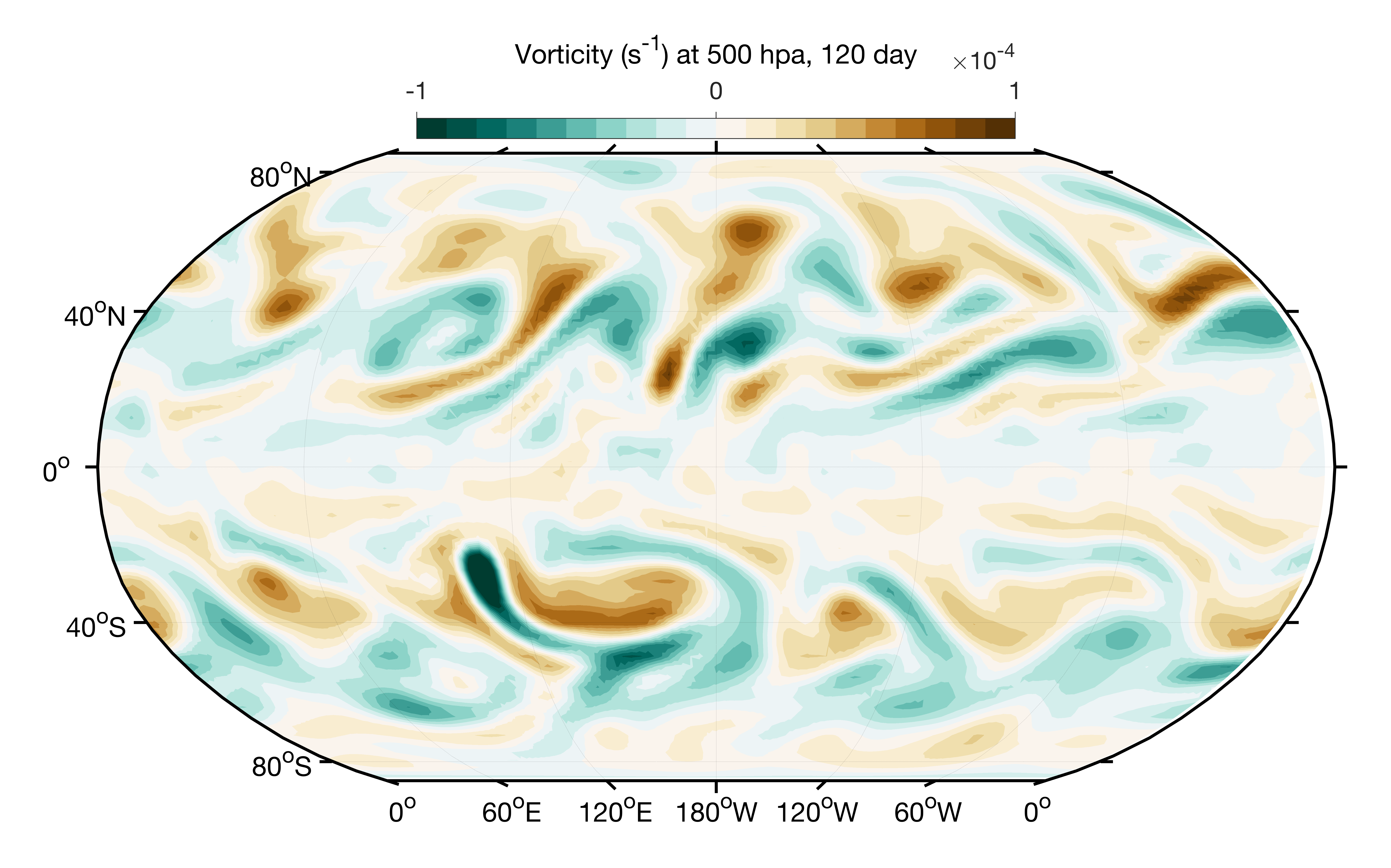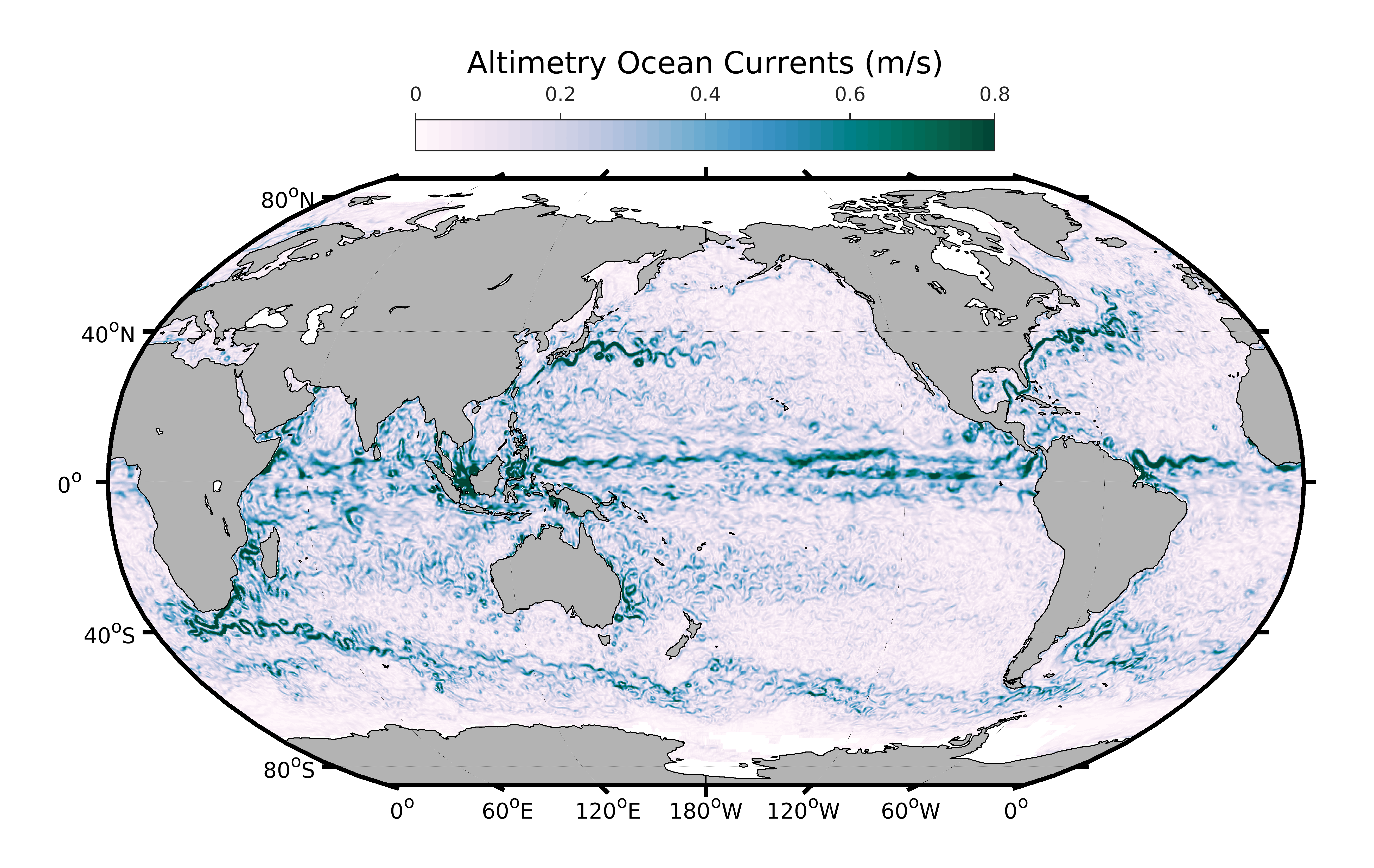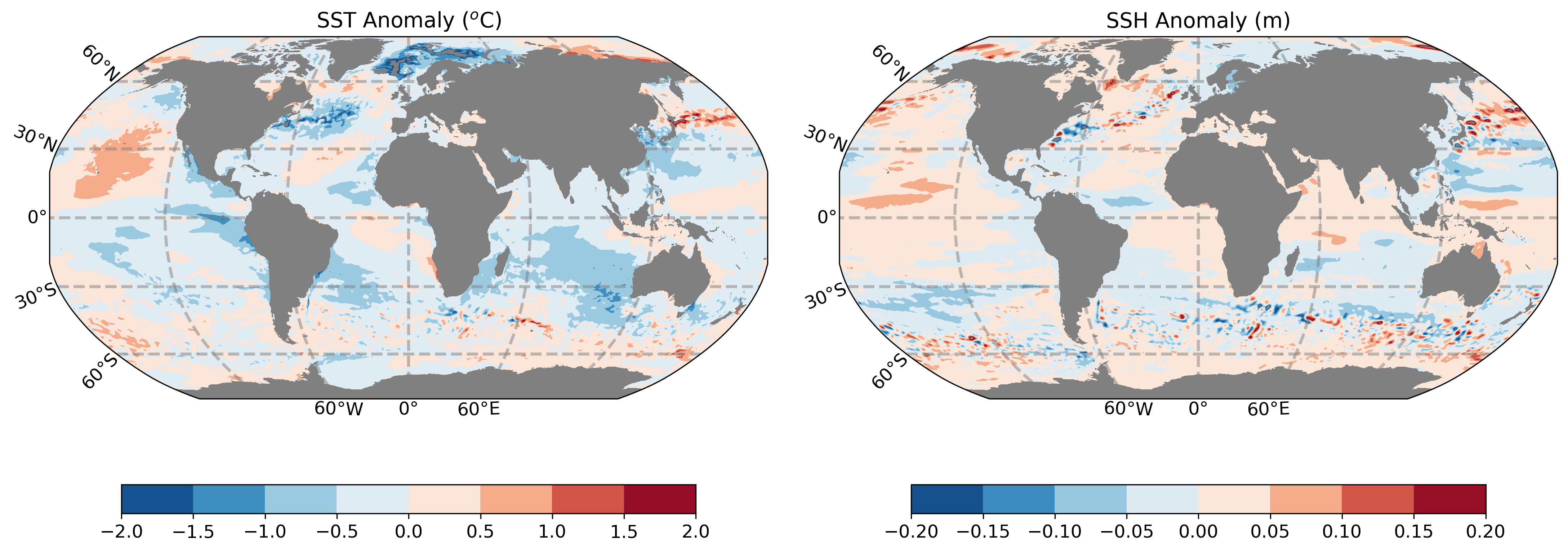BACKGROUND

I am an oceanographer and climate scientist. I am working as a Postdoctoral Research Associate with Prof Ric Williams in the Department of Earth, Ocean and Ecological Sciences at the University of Liverpool, UK. Before this, I was a Postdoctoral Research Associate with Dr Stephen Griffies at Princeton University, USA. I completed my PhD from Imperial College London, UK, where I worked with Prof Pavel Berloff.
For more details on my professional life, see my Curriculum Vitae [Last updated Dec 2024].
RESEARCH
My research primarily focuses on the ocean's role in the climate system. I am interested in questions pertaining to climate variability and predictability, meridional overturning circulation and tracer transport, mesoscale-submesoscale processes and turbulence. I use a combination of theoretical frameworks, idealised models, climate model outputs and observations in my research.
Below are short summaries of my research interests and past work.
Atlantic Meridional Overturning Circulation
The Atlantic Meridional Overturning Circulation (AMOC) involves a northward flow of warm water near the surface and a southward flow of cold, deep water in the Atlantic Ocean. This circulation significantly influences ocean temperatures and regional climates. I am interested in various aspects of the AMOC,
- Impact of climate change on the AMOC
- Decadal AMOC variability and implications for regional climates
- Role of the AMOC in ocean carbon and biogeochemical systems
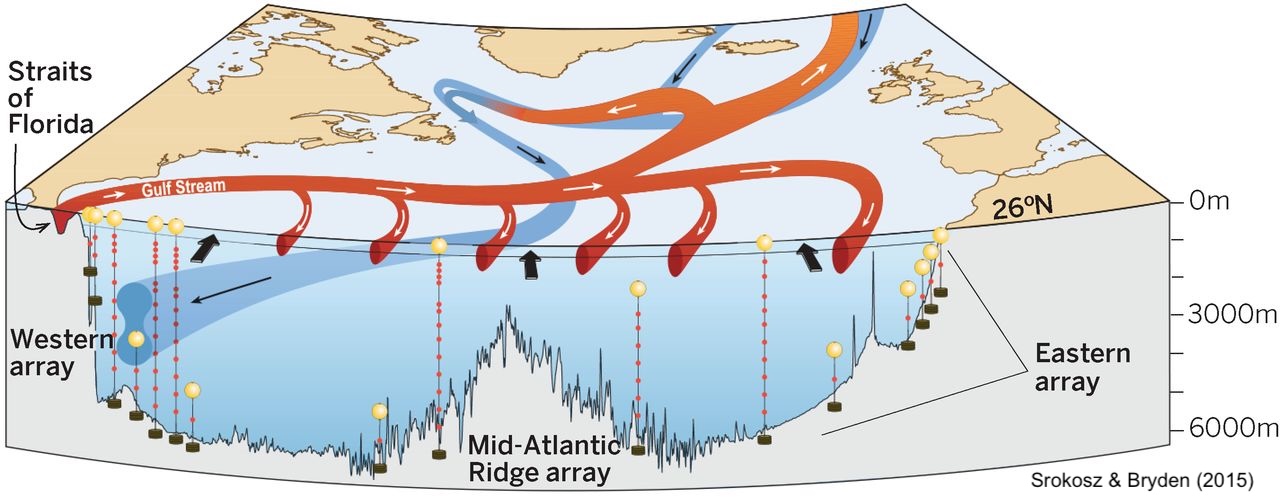
Mesoscale and Submesoscale Processes
Ocean mesoscale-submesoscale eddies, typically ranging from 1 to 100 kilometers in size, are crucial for large-scale circulation, ocean transport and mixing. Ocean eddies primarily form through baroclinic instability, a process by which potential energy is converted into kinetic energy in the ocean. My interests are in
- Interactions among ocean eddies, large-scale ocean currents and bathymetry
- Spectral properties of geostrophic ocean turbulence
- Inter-scale transfer of energy and tracer due to ocean eddies
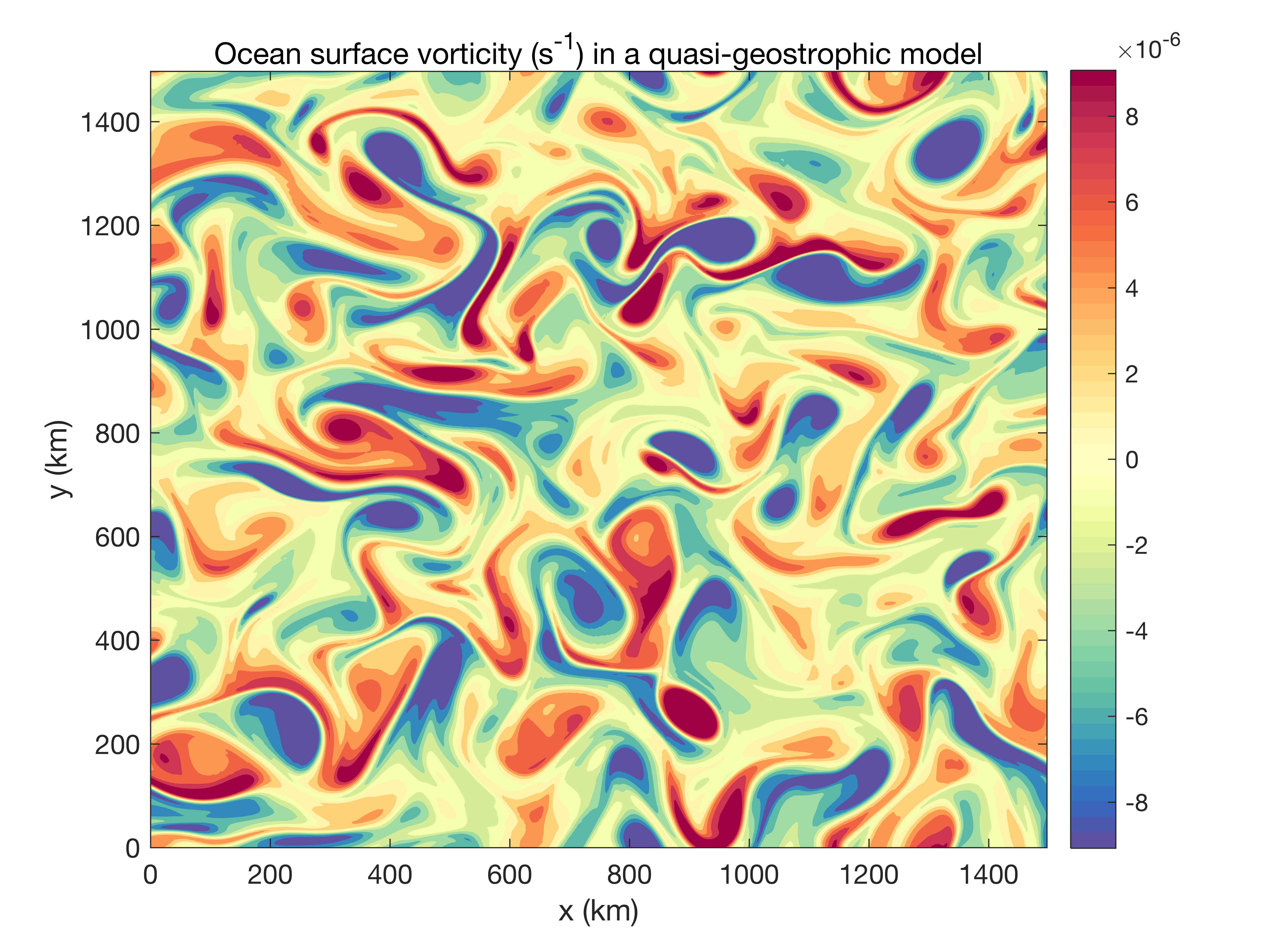
Ocean Jet Dynamics
Alternating jets have been well-observed in Earth's oceans and planetary atmospheres like Jupiter. The jets are formed due to intreactions between mesoscale eddies and Rossby waves. In the ocean, these jets are few hundreds to thousands of kilometres long and can stay for a few months to a couple of years. I am interested in various aspects of these jets,
- Mechanims of jet formation and their intreactions with ocean eddies
- Spatial and temporal variability of jets
- Impacts jets on material transport and mixing
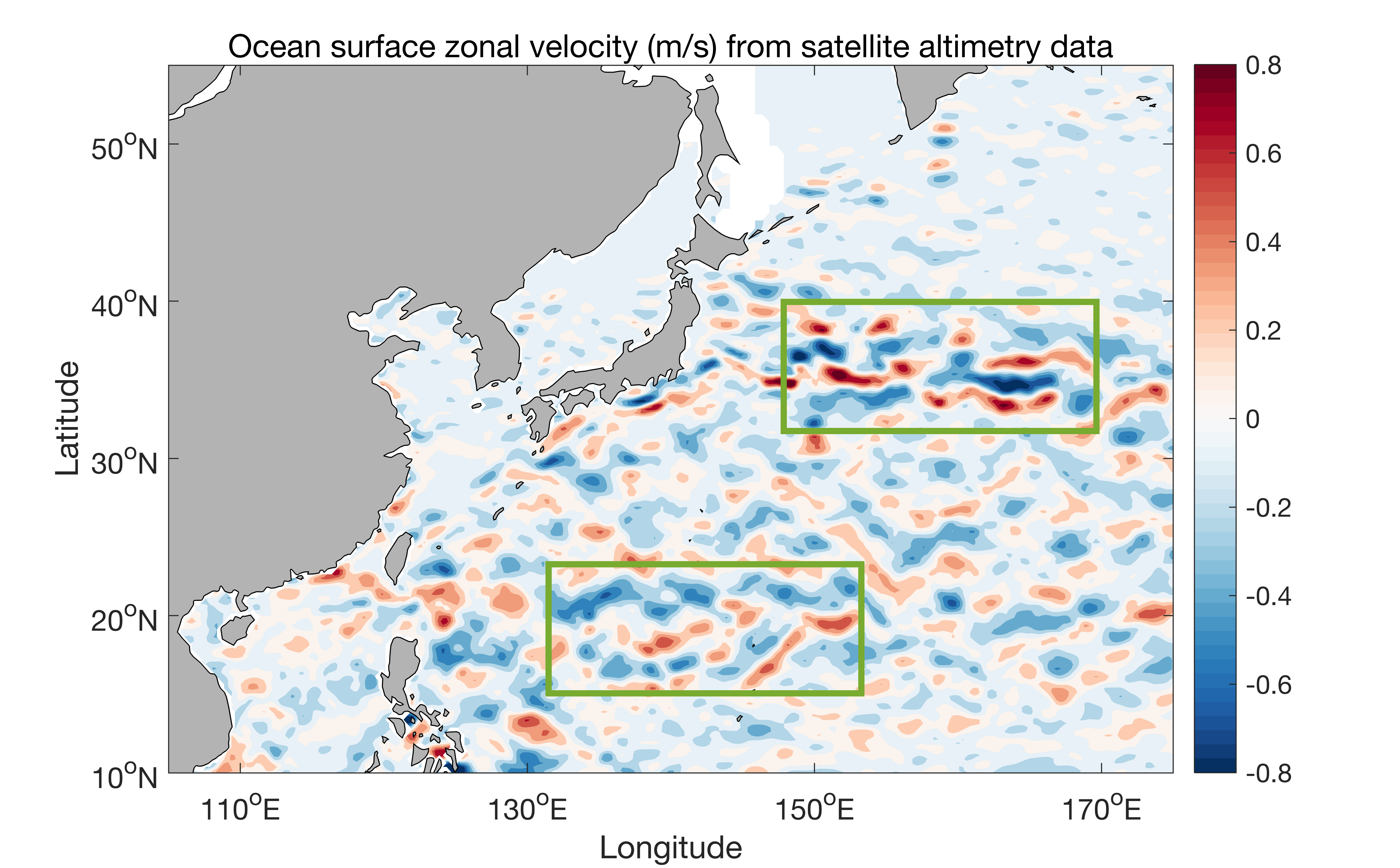
PUBLICATIONS
- H. Khatri and R. G. Williams: Contrasting fast and slow ocean carbon and thermal responses to the North Atlantic Oscillation, submitted.
- S. Griffies, A. Adcroft, R. Beadling, M. Bushuk, C. Chang, H. Drake, R. Dussin, R. Hallberg, W. Hurlin, H. Khatri, J. Krasting, M. Lobo, G. MacGilchrist, B. Reichl, A. Sane, O. Sergienko, M. Sonnewald, J. Steinberg, J. Tesdal, M. Thomas, K. Turner, M. Ward, M. Winton, N. Zadeh, L. Zanna, R. Zhang, W. Zhang and M. Zhao: The GFDL-CM4X climate model hierarchy, Part II: Case studies, submitted.
- S. Griffies, A. Adcroft, R. Beadling, M. Bushuk, C. Chang, H. Drake, R. Dussin, R. Hallberg, W. Hurlin, H. Khatri, J. Krasting, M. Lobo, G. MacGilchrist, B. Reichl, A. Sane, O. Sergienko, M. Sonnewald, J. Steinberg, J. Tesdal, M. Thomas, K. Turner, M. Ward, M. Winton, N. Zadeh, L. Zanna, R. Zhang, W. Zhang and M. Zhao: The GFDL-CM4X climate model hierarchy, Part I: Model description and thermal properties, submitted.
- X. Ding, X. He, H. Khatri, J. Li, F. Ye and F. Gong: Deep learning for submesoscale near-surface flow retrieval from geostationary satellite observations, submitted.
- D. Bhagtani, A. Hogg, R. Holmes, N. Constantinou and H. Khatri: Asymmetric Response of the North Atlantic Gyres to the North Atlantic Oscillation, Journal of Geophysical Research: Oceans.
- H. Khatri, R. G. Williams, T. Woollings and D. Smith (2024):
An ocean memory perspective: Disentangling atmospheric control of decadal variability in the North Atlantic Ocean,
Geophysical Research Letters.
Github repository link Link to post-processed data on zenodo - H. Khatri, S. Griffies, B. Storer, M. Buzzicotti, H. Aluie, M. Sonnewald, R. Dussin and A. Shao (2024):
A scale-dependent analysis of the barotropic vorticity budget in a global ocean simulation,
Journal of Advances in Modeling Earth Systems.
Github repository link Link to post-processed data on zenodo - J. Neme, M. England, A. Hogg, H. Khatri and S. Griffies (2023): The role of bottom friction in mediating the response of the Weddell Gyre circulation to changes in surface stress and buoyancy fluxes, Journal of Physical Oceanography.
- B. Storer, M. Buzzicotti, H. Khatri, S. Griffies and H. Aluie (2023): Global cascade of kinetic energy in the ocean and the atmospheric imprint, Science Advances.
- M. Buzzicotti, B. Storer, H. Khatri, S. Griffies and H. Aluie (2023): A spatio-temporal coarse-grained decomposition of the global ocean surface geostrophic kinetic energy, Journal of Advances in Modeling Earth Systems.
- H. Khatri, R. G. Williams, T. Woollings and D. Smith (2022):
Fast and slow subpolar ocean responses to the North Atlantic Oscillation : Thermal and dynamical changes, Geophysical Research Letters.
Github repository link Link to post-processed data on zenodo - B. Storer, M. Buzzicotti, H. Khatri, S. Griffies and H. Aluie (2022): Global energy spectrum of the general oceanic circulation , Nature Communications.
- G. Marques, N. Loose, E. Yankovsky, J. Steinberg, C. Chang, N. Bhamidipati, A. Adcroft, B. Fox-Kemper, S. Griffies, R. Hallberg, M. Jansen, H. Khatri, and L. Zanna (2022): NeverWorld2: An idealized model hierarchy to investigate ocean mesoscale eddies across resolutions , Geoscientific Model Development.
- N. Loose, R. Abernathey, I. Grooms, J. Busecke, A. Barthe, E. Yankovsky, G. Marques,
J. Steinberg, A. Ross, H. Khatri, S. Bachman and L. Zanna (2022): GCM-Filters: A python package for diffusion-based spatial filtering of gridded data ,
Journal of Open Source Software.
Link to GCM-Filters package - H. Khatri, S. Griffies, T. Uchida, H. Wang and D. Menemenlis (2021):
Role of mixed-layer instabilities in the seasonal evolution of eddy kinetic energy spectra in a global submesoscale permitting simulation,
Geophysical Research Letters.
Link to post-processed data on figshare - J. Davies, H. Khatri and P. Berloff (2021): Linear stability analysis for flows over sinusoidal bottom topography, Journal of Fluid Mechanics.
- H. Khatri and P. Berloff (2019): Tilted drifting jets over a sloped topography: effects of vanishing eddy viscosity, Journal of Fluid Mechanics.
- H. Khatri and P. Berloff (2018): Role of eddies in the maintenance of multiple jets embedded in eastward and westward baroclinic shears, Fluids.
- H. Khatri, J. Sukhatme, A. Kumar and M. K. Verma (2018): Surface ocean enstrophy, kinetic energy fluxes and spectra from satellite altimetry, Journal of Geophysical Research: Oceans.
- H. Khatri and P. Berloff (2018): A mechanism for jet drift over topography, Journal of Fluid Mechanics.
Please contact me if you need access to a paper.
Submitted / In Preparation
Published
- H. Khatri and S. Griffies (2021): Diagnosing momentum and vorticity budgets in the GFDL-MOM6 ocean model.
- H. Khatri (2019): Dynamics of ocean jets over topography, PhD Thesis, Imperial College London.
Grey Literature
- Press Release, December (2024):
Researchers find North Atlantic Ocean has memory of nearly two decades,
University of Liverpool.
Phys.org article link Earth.com article link Popular Mechanics article link theinertia.com article link - Podcast, June (2024): The AMOC in decline: Consequences and misconceptions, Into the Blue Podcast, NOC Southampton.
- Blog post, Septemper (2022): How big are ocean currents? , Behind the Paper – Nature Portfolio.
Outreach and Press Release

